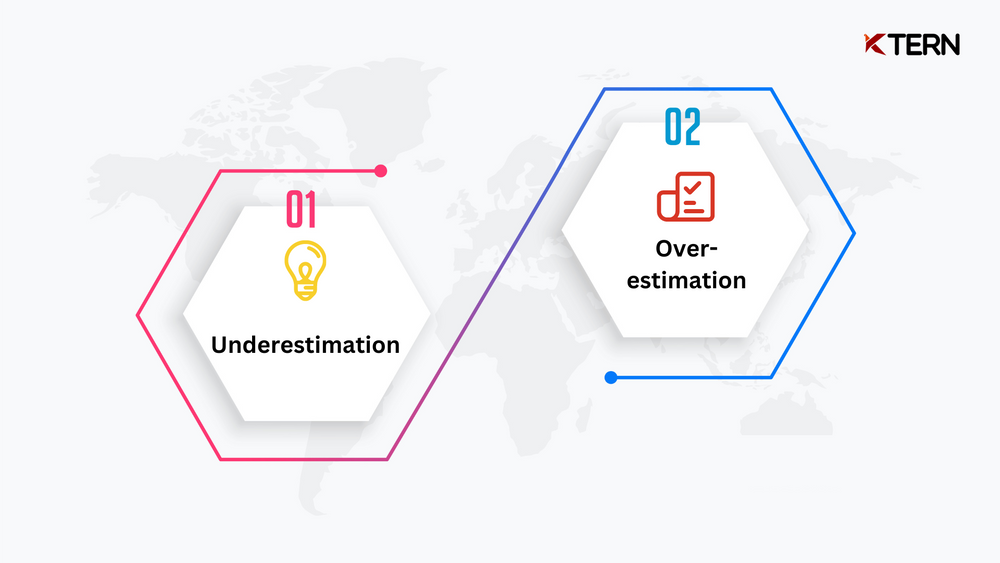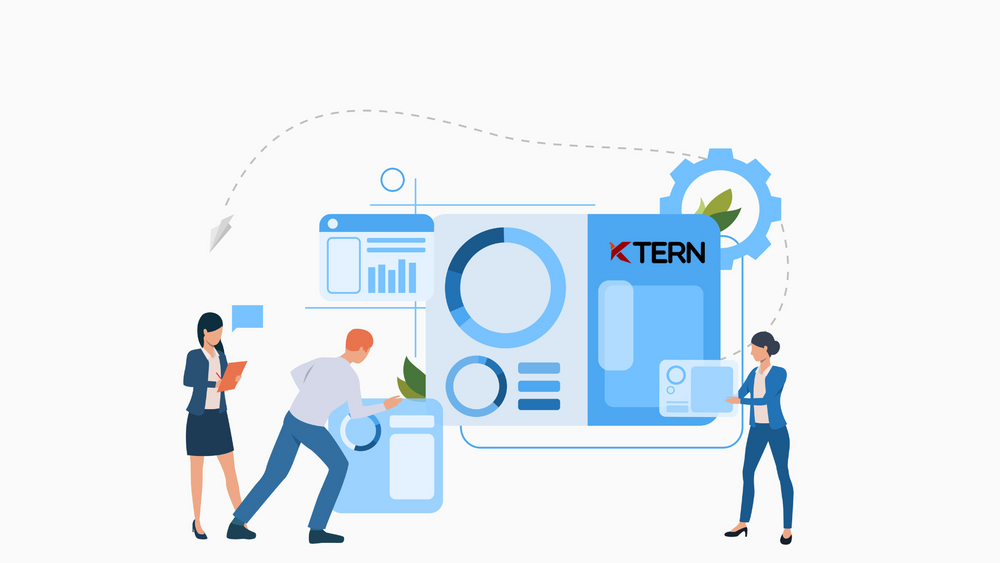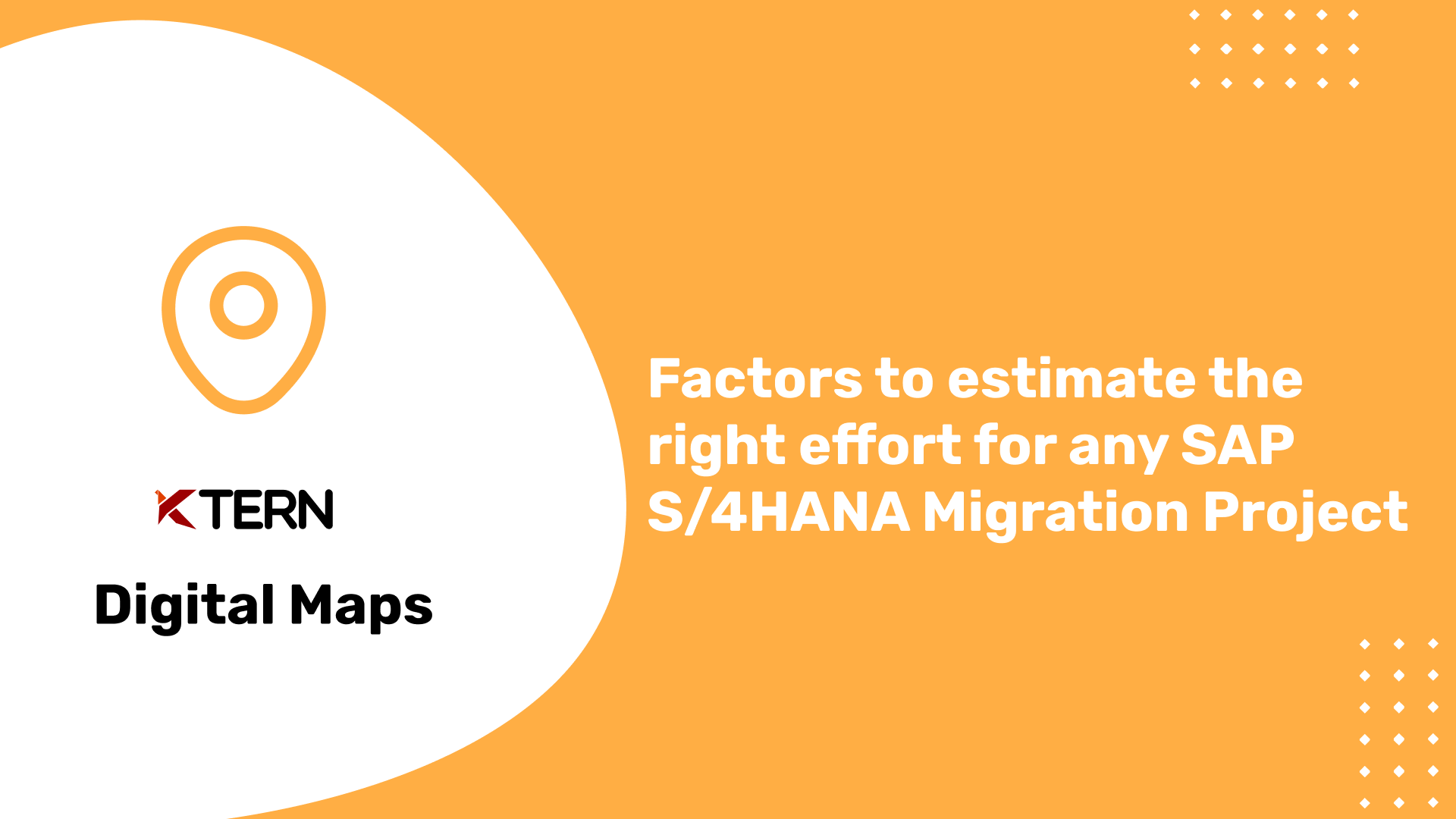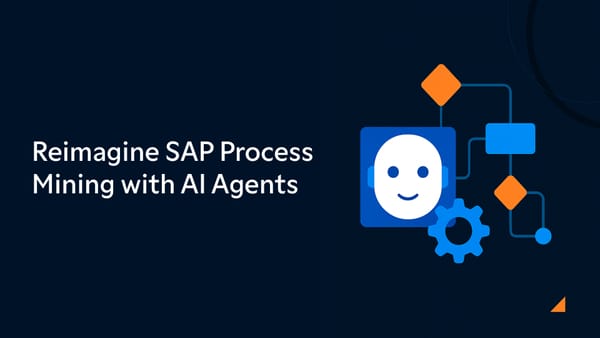43 Factors you must know to estimate the right effort for any SAP S/4HANA Project
Introduction
According to SAP ECC users, moving to SAP S/4HANA is the first step towards digital transformation. However, the major challenge faced by project managers, solution architects, customers and SAP partners is over-estimation of the effort involved to complete the transition. Having said that, the success of a conversion project will depend on the satisfaction of both the client and the system integrator.

So, when will the client and the system integrator be satisfied?
A client will be satisfied when his/her enterprise’s vision towards digital transformation is achieved through the successful completion of SAP S/4HANA conversion.
A system integrator partner is satisfied by enabling the customer’s digital transformation journey and by executing the project within the stipulated time.
Table of contents
- Importance of Effort Estimation in a successful project
- Effort Estimation in a Greenfield Implementation Project
- 43 factors you must know to estimate the right effort for any SAP S/4HANA conversion project
Importance of Effort Estimation in a successful project
Effective effort estimation is one of the most challenging and important activities in any project. A conversion project is no different.
The major pitfalls that clients fall into due to improper effort estimation are:
- Underestimation
- Over-estimation

Problem with Under-Estimating
Under-estimating a project leads to under-resourcing which will in turn lead to resource burnout. Furthermore, under-scoping the effort will result in low-quality deliverables. Short schedules have high chances of missing the deadline for deliverables which leads to loss of credibility among the customers
Problem with Over-Estimating
Over-estimating also brings a negative impact on cost and resources. Long project duration and timelines might lead to loss of opportunity.
An accurate effort estimate can be arrived at through effort estimation models. These models can be algorithmic or non-algorithmic. Non-algorithmic models are based on expert judgement and machine Learning techniques. Algorithmic models are constructed using numerical data and a nominal effort estimate can be calculated using a formula.
Effort Estimation in a Greenfield Implementation Project
The greenfield approach involves a complete implementation of one or more SAP systems and the processes and systems are newly configured. The data from the legacy ERP System is migrated to the new SAP System.
For a greenfield implementation, the effort estimation includes four steps:
- The existing business process of the enterprise is studied by the consultants and is recorded as the ‘AS-IS’ document. Through design thinking workshops, story boarding and prototyping, the customer’s requirements are recorded as the ‘TO-BE’ document.
- The scope with respect to technical, functional, geographical, application, users, and business process items are prepared by the solution architect.
- Based on the customer’s requirements and scoping document, the solution architect estimates the duration and resource loading effort. This is done by using either the algorithmic or the non-algorithmic effort estimation model.
- The effort is recorded in the ‘Effort Estimate’ document and validated with business stakeholders.
Factors depending on which the Effort Estimated for a GreenField Implementation :
- Percentage of ‘Go to Standard’ acceptance based on the customer’s existing business scenarios
- Complexity of data migration from legacy ERP to SAP S/4HANA system
- Complexity of customizations in the business process
- Number of custom programs to be implemented
- Number of employees, customers, vendors, and other business partners
- Integration with third-party systems etc.,
43 factors you must know to estimate the right effort for any SAP S/4HANA conversion project
In order to estimate the right effort required to successfully complete any SAP S/4HANA Conversion project, the system integrator and the SAP ECC customer must know the 43 factors given below and the 9 subdivisions they are listed under.

I. Enterprise Goals
- Existing Enterprise Architecture (Business, Application, IT)
- Target Enterprise Architecture with S/4HANA as the digital core
- Changes in Virtualization, HA/DR, Server hardware, Data Center, Storage Infrastructure, Backup tool, File System Server, Monitoring Solutions
- Permitted business downtime
II. Security and Users
- Security and GRC role authorization audit
- Number of ERP Users
III. Data Management
- Functional Analytics requirement
- Handling of Historical data (Business Warehouse existence)
- Complexity and number of data sources
- Volume of data growth
- Amount of resident data in the system
- Impact of S/4HANA on BW extractors
- Necessity for housekeeping and archival
IV. Quantity and Quality of Table Data
- Size of General Ledger (data model is simplified in S/4HANA)
- Amount of Business (Finance) data to be converted
- Size of general Material Table (MATNR field extension is required in S/4HANA)
- Quantity of Open Business Documents (Sale Orders overdue for delivery, Outbound Deliveries overdue for GI posting, etc.,)
- Data volume of conversion relevant tables
- Data consistency and data diversity of BSEG and COEP
V. Functional
- Changes in business scenarios after SAP S/4HANA conversion (Value, Business drivers, Fiori Innovations, Improved transactions)
- Adjustments in Business configurations
- Compatibility of Business Functions
- The complexity of Customer-Vendor Integration process
- Impact of New Asset accounting
- The necessity of replacing Foreign Trade by SAP Global Trade Services (GTS)
- Number of Business Process changes
VI. Landscape
- Compatibility of industry solutions, enterprise extensions, third-party add-ons, third-party software vendors, etc.,
- Landscape architecture (Number of Systems in Landscape)
- Number of cut-overs involved
- Number of required interim productive states
- The necessity of upgrading central Fiori Frontend servers and depending hub systems
VII. Technical
- Readiness of the system with respect to Technical Requirements (Software levels, Single stack system, Unicode, SAP NetWeaver Release)
- Interface compatibility
VIII. Custom Object
- Number of custom objects impacted by the DB migration to SAP HANA
- Number of custom objects impacted by the simplification of the financial data model
- Number of custom objects impacted by the change in SAP Software
- Customer choice to optimize custom code
- Number of WRICEF objects to be developed
IX. Project Team
- Experience of the Project Team in SAP S/4HANA Conversion projects
- Complexity in Organizational Change Management
- Finding the Power Business End users for Training
- Finding the Power Testers for End User Testing




